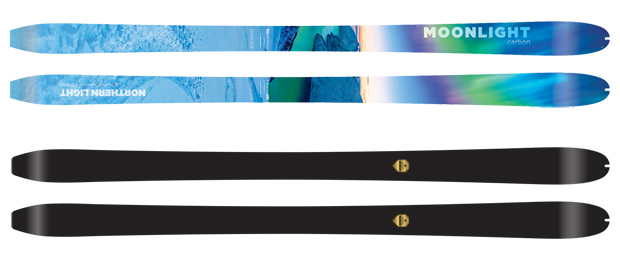It might be the middle of the summer but for top athletes it’s time to start thinking seriously about 2019 Ski Mountaineering National Teams selection. Here, we have analyzed how the U.S. and Canada choose their men’s and women’s senior teams, and what are you best chances to qualify.
World Championships will be held on March 9-16th, 2019 in Villars sur Ollons,Switzerland. Both the U.S. and Canada have mandates to bring strong teams to the World Championships and based on successful results in 2017, and have the opportunity to be competitive among the traditional alpine nations.

US Team Qualifiers
The U.S. World Championship (WCH) team is objectively the more difficult one to qualify for with a large pool of athletes capable of contending for spots. It has also more stringent criteria for qualification thanks to the competitive depth.
The U.S. system is nearly 100% based on two qualifying race weekends held at Arapaho Basin, Colorado on the 15-16th of December 2018, and at Sunlight Mountain, Colorado on the 5-6th of January 2019.
The two qualifying weekends will host the following races:
- Two Individual events (one each venue)
- One Vertical event (A-Basin only)
- One Sprint event (Sunlight only)
Specifics of qualifying are linked below but for the four spots available in the Individual event, the first and second place finishers at A-Basin automatically qualify. The third spot goes to the first finisher in the Individual race at Sunlight (presumably this actually means the first finish who hasn’t already qualified). The final place is reserved for “coach’s choice”.
This leaves some room for interpretation by the USSMA but they do qualify it by saying that the spot will likely go to the “fourth finisher at Qualifier #2”. We assume this is actually a bit of an error in that it won’t actually go to the fourth place person overall but the first finisher who didn’t already qualify (for example, if the two A-basin qualified athletes didn’t race Sunshine, presumably the top two finishers at Sunshine would then get both spots rather than jumping to the fourth overall finisher).

The Team event criteria is one of the most interesting. The top two athletes from the A-Basin Individual Qualifying Race automatically gain Team Race spots. The remaining six places go to the top six finishers at Sunshine (excluding the two who already qualified). Where this gets complicated is if a strong athlete finishes third at A-Basin but is unable to attend Sunshine. According to the rules, it’s conceivable that an athlete could beat the remaining 6 athletes at A-Basin but because they didn’t attend Sunshine, they would not be named to the Team. There’s no Coach Choice for this one so better be sure you place correctly!
If all this sounds particularly complicated, the take-home message here is unless you’re pretty sure you can be in the top two at A-Basin, you better make pretty sure you are able to attend Sunshine and are feeling strong!
A few things to consider while trying to qualify for the US Team is that both qualifying races are in Colorado at altitudes of ~10,000 feet. This requires a significant acclimatization period prior to both events for athletes traveling from lower elevations. The criteria also allow for an athlete to attempt to qualify in as many events as they wish (at the 2017 WCH, only one male raced all four events). It may however be wise to choose events strategically that give you the maximum chance of qualifying.
Canadian Qualifiers
The Canadian WCH qualifying criteria are considerably more subjective. As detailed in the document linked below the team selection committee takes into account the following variables and weights them differently:
50% – Previous season’s National Ranking (final ’17-’18 rankings have not yet been released)
30% – Current results at specified ranking races
20% – Special Considerations

The Canadian system does not outline how actual race starts will be allotted to selected athletes but in the past it has been a combination of coach’s determination and athlete desire. It’s likely that those athletes ranked higher on the list will have greater priority in the events they wish to participate in.
Best Chances to Qualify
An athlete trying to compete for a spot on either team would be wise to:
- Strategically target specific qualifying race(s) with a (very) strong performance.
- Design a training plan to focus specifically on the demands of the qualifying race.
- Ensure a training peak at the time of the qualifying race.
- Develop strategies to cope with specific challenges of qualifying race locations (altitude, travel, etc…)
If you want to give yourself a serious chance to qualify then designing a training plan to help you prepare will be crucial. Contact us for custom training plan design or click on over to our coaching partners at Ridgeline Athletics to get you on your way!
Differences between the US and Canadian systems
While the American system is quite objectively based, it is heavily focused on current fitness level and is somewhat unfavorably weighted towards a small number of events. A poorly timed illness or mistake during a race could cost a deserving athlete a spot on the team.
The Canadian system is considerably more subjective with no clear explanation of how starts are assigned but also favors more consistent athletes who are ranked well the previous season over many races.
Official Documents with Selection Criteria
USA: https://ussma.org/wp-content/uploads/2018/05/2019-World-Championships-Selection-Criteria-and-Guide-v07.1.pdf
CANADA: http://www.skimocanada.org/wp-content/uploads/2018/01/SkimoNationalTeamSelectionCriteria2019-2.pdf


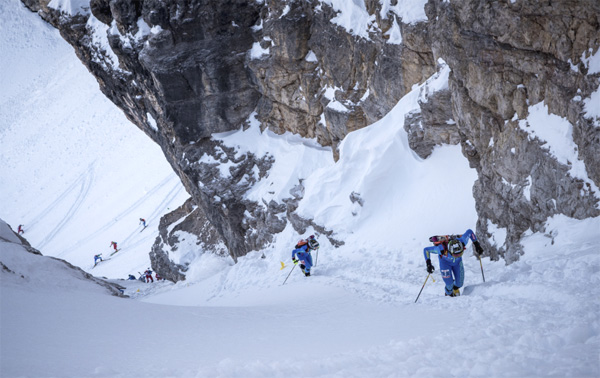
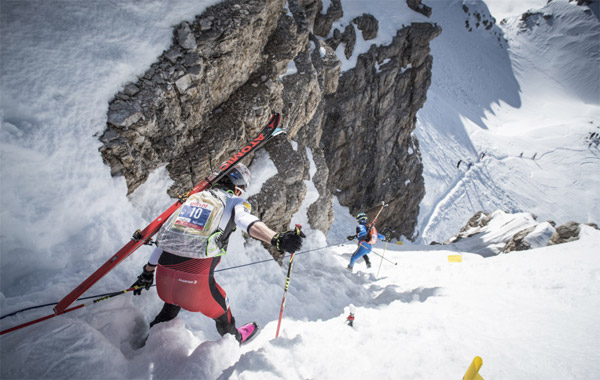
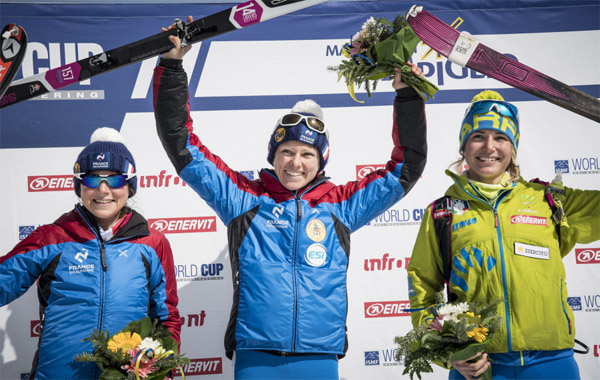
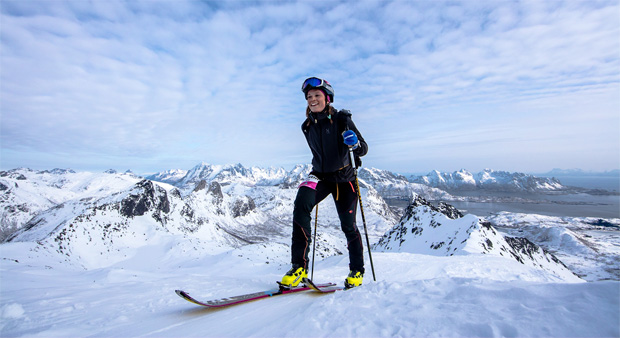
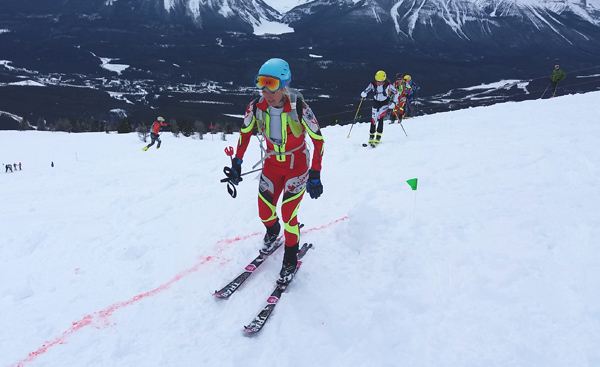

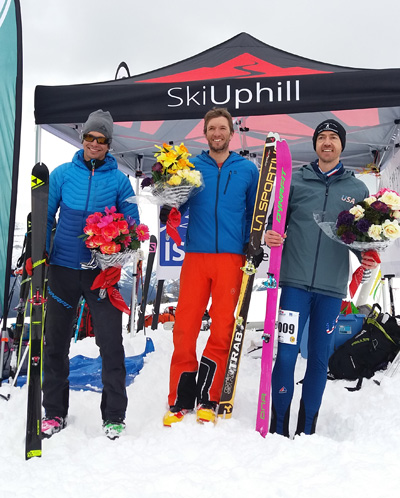











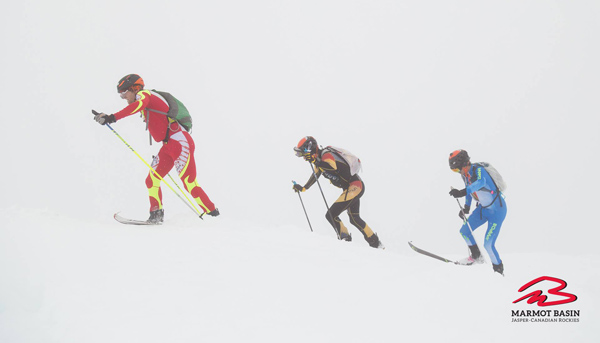
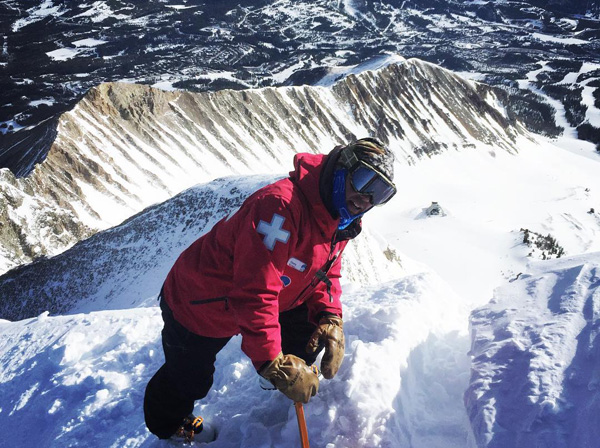

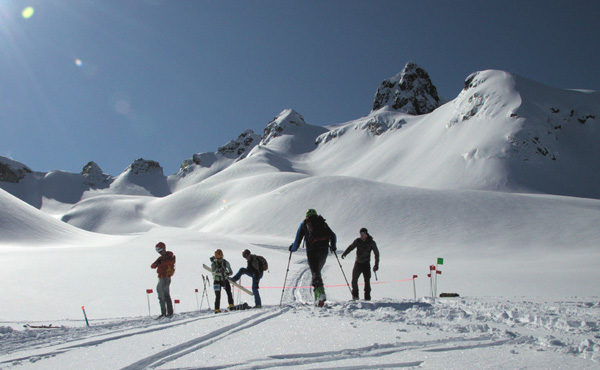
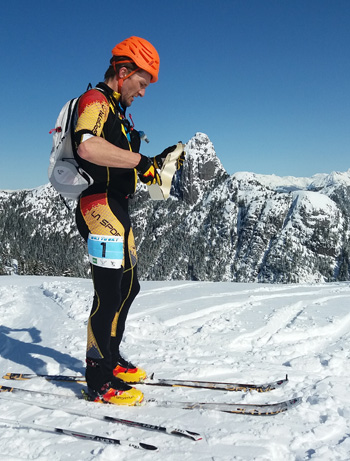
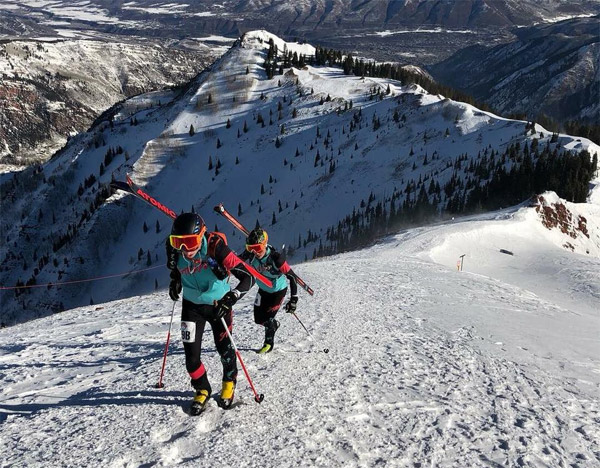







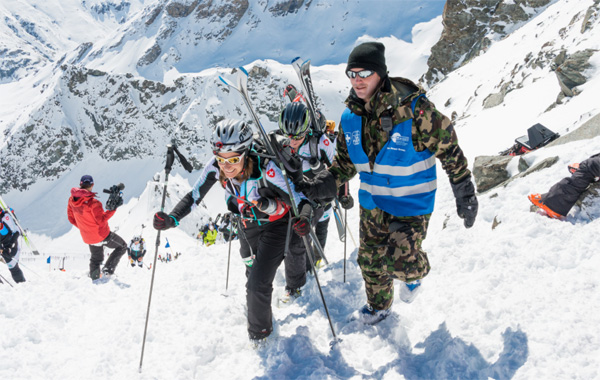
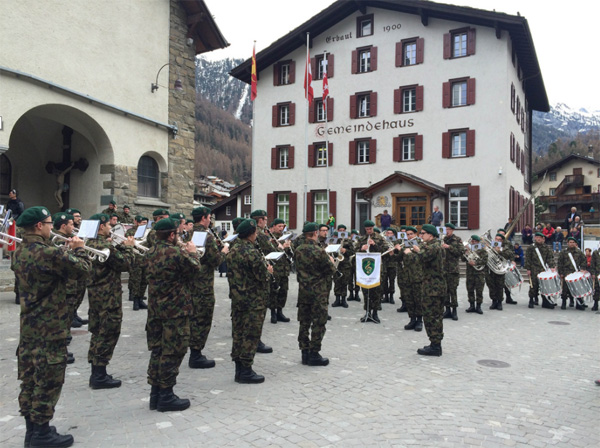

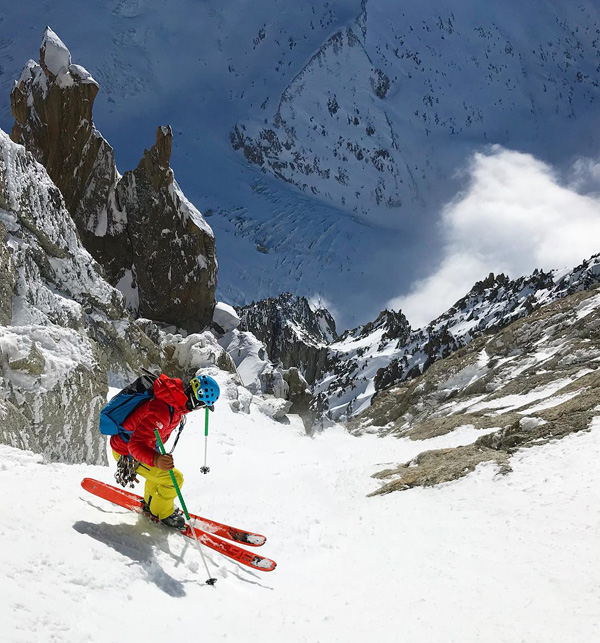

 Skimo is becoming more and more popular in Montana’s Flathead Valley thanks to the liberal up-hill policy at Whitefish Mountain Resort, the now-classic
Skimo is becoming more and more popular in Montana’s Flathead Valley thanks to the liberal up-hill policy at Whitefish Mountain Resort, the now-classic 





